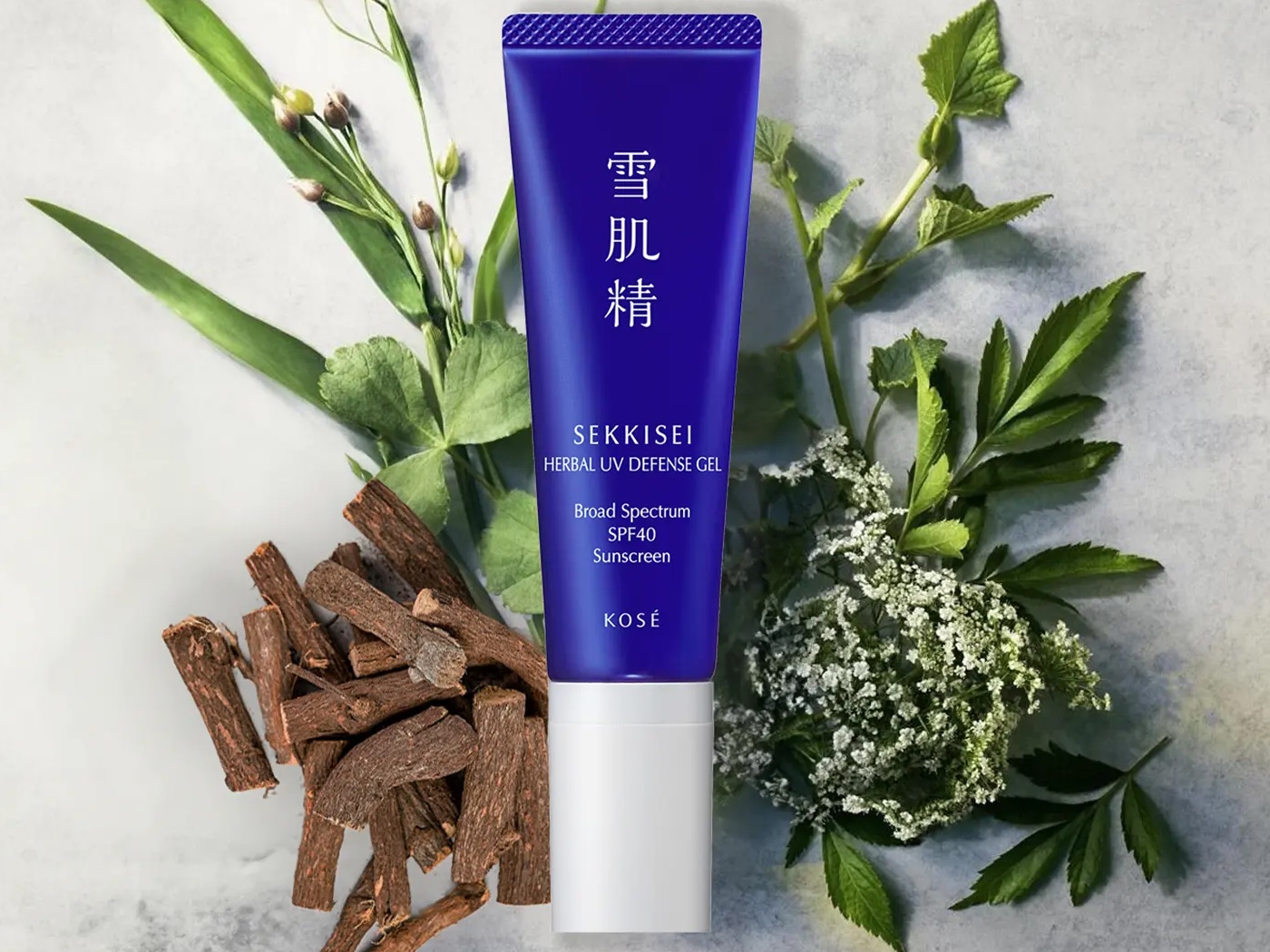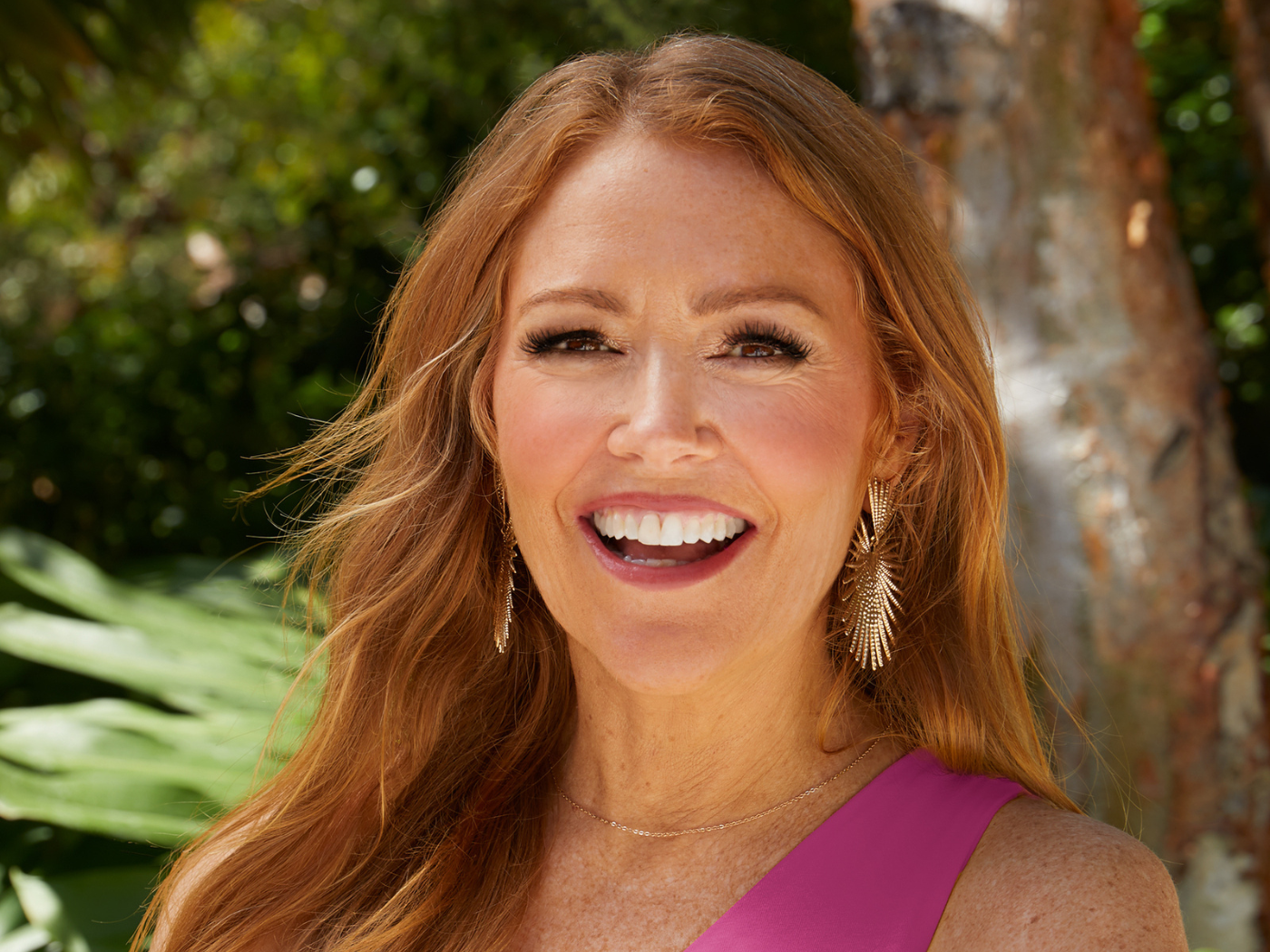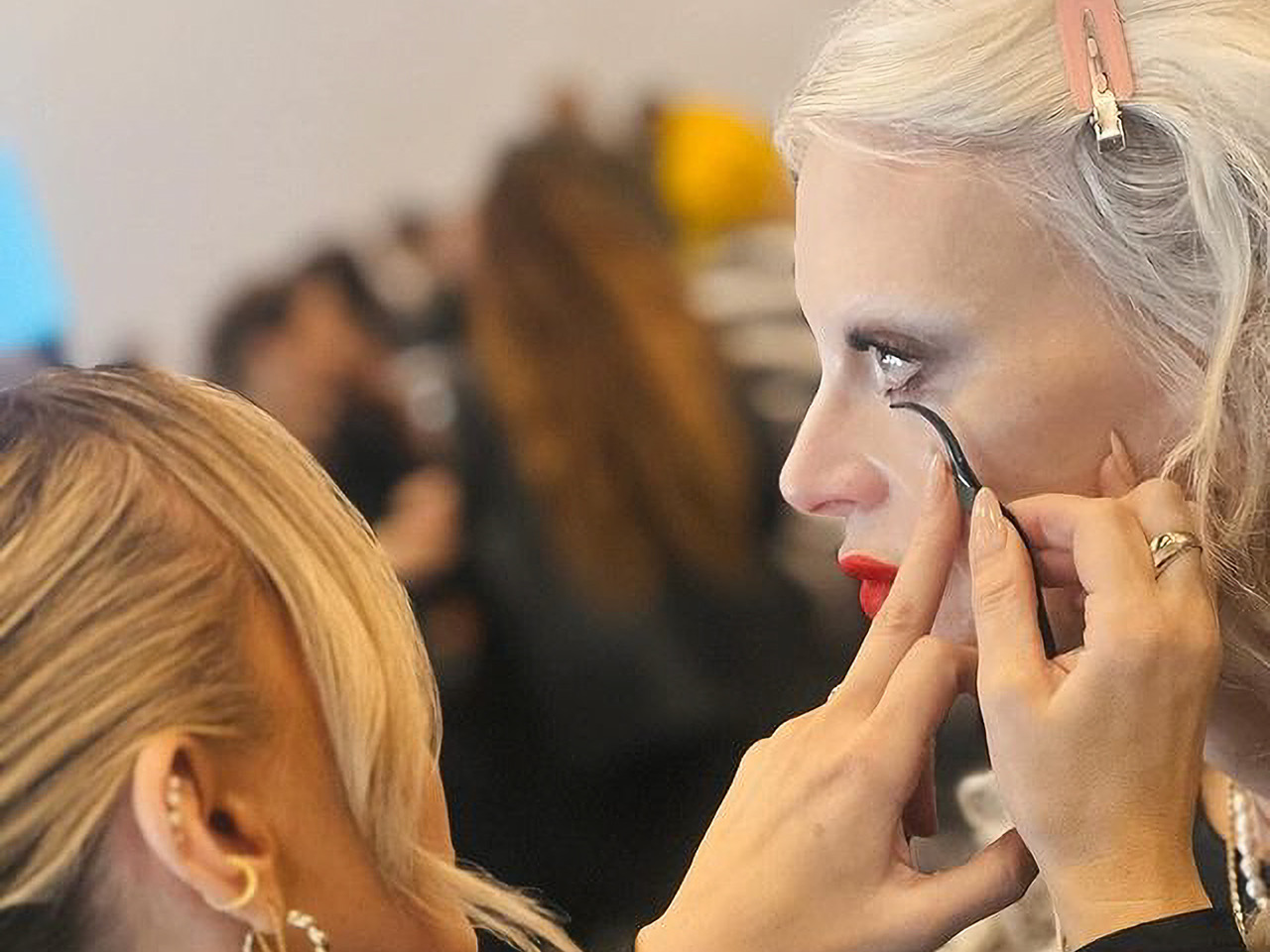1. Clarins $1,502,502.35 EMV
2. Neutrogena $1,392,379.95 EMV
3. Clinique $1,362,357.75 EMV
4. The Body Shop $1,254,592.30 EMV
5. Soap & Glory $1,166,618.75 EMV
6. Olay $1,123,815.50 EMV
7. Dove $1,098,792.30 EMV
8. First Aid beauty $1,067,540.05 EMV
9. Kiehl’s $932,601.75 EMV
10. La Mer $828,191.73EMV
January proved to be a transformative month for skin care brands. With the New Year, new arrivals to the Top 10 list hit their stride while established, traditional leaders attempted to reinvent themselves amongst an evolving consumer demographic, said Tribe Dynamics in their January skin care report ranking a brand’s earned media value on social platforms.
The pertinent question within skin care seems to be one of relevance: How do traditional brands appeal to Millennial consumers, who now hold a significant portion of market share, without diluting deep-seeded brand elements on which consumer loyalty depends?
Although the gap in earned media performance between the Top 10 and brands falling around the 11-20 rank is slowly ebbing, it is clear which campaigns and digital strategies have been most successful in augmenting brand relevance among younger consumers.
CLARINS, YOUTUBE, AND PRODUCT DUALITY
Clarins made its return to Tribe’s Top 10 with significant brand awareness on YouTube. The brand left a lasting impression with its performance on the channel, outdoing past leaders Clinique and Soap & Glory within the same scope of “monthly favorites” and “haul” videos where these brands have excelled. Collectively, Clarins’ January earned media told a story of a dynamic beauty brand, offering products with dual skin care and cosmetic benefits. Seemingly fluid movement of a brand and its products along a sliding skin care – color cosmetic scale has been of particular interest to Millennials leading active lifestyles and looking for products that “do it all.”
LA MER, CELEBRITY AMBASSADORS AND INFLUENCER COMMUNITIES
La Mer benefited from its recent partnership with Olivia Palermo for its “Illuminating Moments” campaign. The lifestyle-oriented campaign spotlights the stories of stylish, young couples leading fashionable lives, including Olivia Palermo and her new husband Johannes Huebl. Editorial videos for the campaign capture shared moments between man and wife “through their eyes” as they move through their day-to-day activities. Palermo’s video only shows a short snippet featuring La Mer products, with Palermo and Huebl each using their respective La Mer items as part of their morning routine. The absence of advertorial or promotional cues furthers a more powerful form of messaging: viewers walk away exclusively with an association of La Mer’s brand with a lifestyle characterized by sophistication, style, and modernity. The campaign was well received amongst Palermo’s impressive following who avidly liked and reposted the style influencer’s content mentioning La Mer.
OLAY, INSTAGRAM AND SPONSORSHIP
Olay’s success on Instagram was not unlike La Mer’s. The brand’s sponsorship of Elle magazine’s “Women in Television,” celebrating actresses playing strong, complex female characters, was a huge social influence success on Instagram. Celebrities and style influencers furiously posted their photos throughout the night, from formal red-carpet moments to the extravagance awaiting guests inside the West Hollywood venue and attendees’ selfies from after parties. Each of these posts was accompanied by all three or some combination of: @Olay, @elleusa, #ELLEWiTV. The value of these posts once again resides in the association created in the minds of consumers. For a mass-market brand such as Olay, affiliation with a high-fashion, style influencer such as Elle elevates the perception of its brand. The partnership also breathed youthful life into a brand most consumers would link to middle-aged and older women. Attendees posted photos of free Olay product with the formal invitation to the event. Not by coincidence, products given away were geared toward the needs of younger skin care consumers, i.e. illuminating and regenerating moisturizers and perfecting toners. Olay’s sponsorship was in many respects similar to Neutrogena’s relationship with the Latin Grammys back in November. Sponsorship of a cause or specific group of individuals promotes a philanthropic brand image. By elevating these influencers within the context of the philanthropic event, Olay gave its brand an attractive humanity typically absent from traditional promotion techniques.
TRANSITIONING INTO THE NEW YEAR
January, in general, was an active month online with an explosion of content highlighting New Year skin care regimen resolutions, well-timed product launches, and recaps of favorite products from 2014. Clarins, La Mer and Olay all experienced significant jumps in earned media performance in January thanks to the above mentioned campaigns.
The market, which is indeed saturated, would appear to have the likelihood of improving sales. But sales data disagrees. Tribe says it all comes down to messaging. Most brands recognize that Millennials, by controlling a significant share of the market, are the new target from product development through marketing strategies. Young indie brands such as Glamglow have less to worry about, who’s newness affords it greater room to be flexible when it comes to adjusting brand positioning that will appeal in particular to Millennial consumers. For older, traditional brands, targeting a younger demographic is a trickier business. How do these brands reinvent themselves through digital experiences that appeal to Millennials without marginalizing the strength of central brand ideals and messages? To frame this question in terms of the consumer: is it possible to entice Millennials without alienating loyal, longtime customers?
To access Tribe Dynamics’ full report, please click here.



